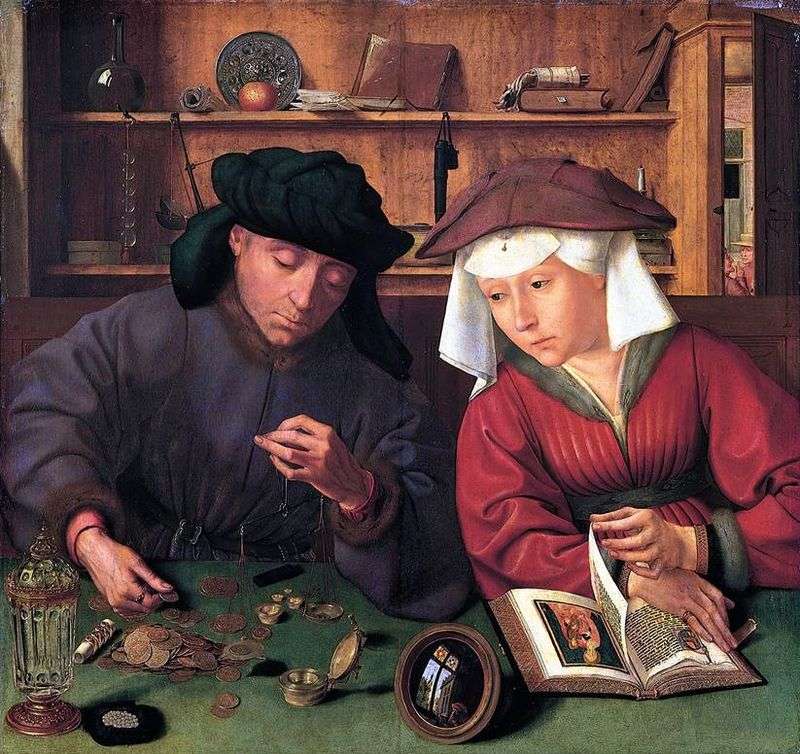
Quentin Mussys the Elder is one of the most famous masters of the Northern Renaissance. His work developed at a time when the influence of the Italian Renaissance was becoming increasingly pronounced in the art of the Netherlands, and life images gradually replaced the gothic conditional. “My wife and I” – a new work in European art on the subject of everyday life. She was immersed in her usual occupation: she carefully watched the scales. His wife, deep in reading the prayer book, was distracted for a moment, turning to the occupation of her husband, her gaze filled with confusion, sadness, although she was keenly following the correctness of the scales.
Distracted from the pious cause, she seemed to have seen from the side the world in which her life passes and which does not very much correspond to the aspirations of her soul. The mirror turned towards the viewer displayed a devout reader sitting by the window, behind which a landscape opens with an agitated sky, involuntarily leading the viewer away from the money changer. In this picture reflected the search for the nascent bourgeois in the field of creating for themselves a respectable image, justifying their occupations.
It embodied the image of an ideal family with pious aspirations and at the same time very prosaic activities that lead them to inner turmoil and sadness. Other famous works: “The Altar of St. Anne.” 1509. Royal Museum of Fine Arts, Brussels; “Behold the man.” OK. 1515. Prado, Madrid.
 Quentin Mussys by Changed with his wife
Quentin Mussys by Changed with his wife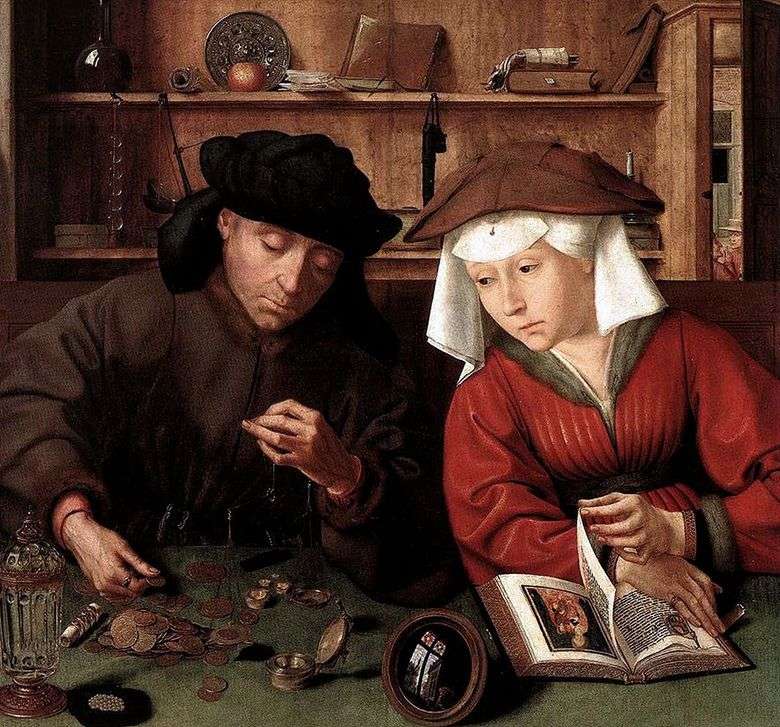 Quentin Mussys – Cambiado con su esposa
Quentin Mussys – Cambiado con su esposa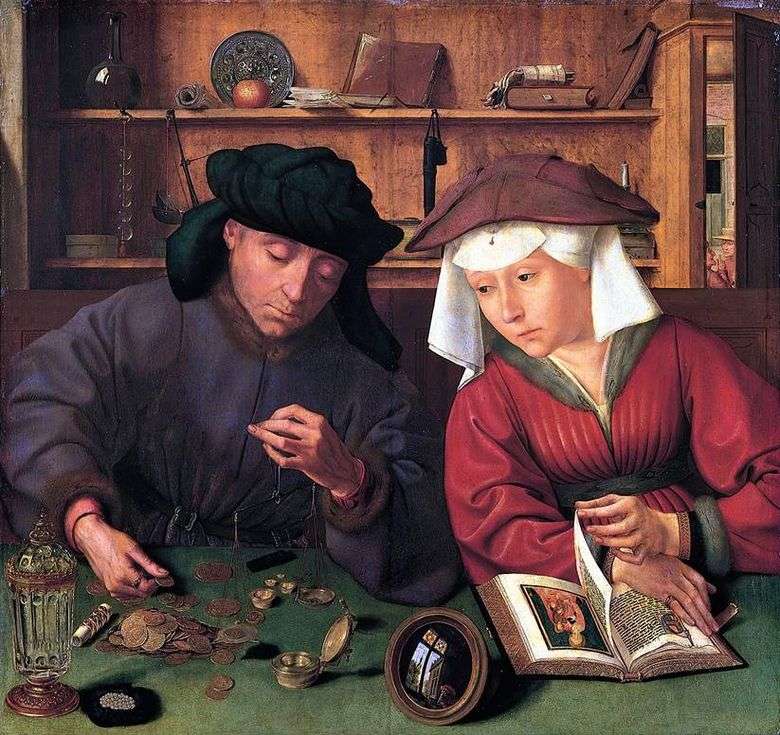 Mi esposa y yo – Quentin Mussys
Mi esposa y yo – Quentin Mussys Grotesque portrait of an old woman (The Ugly Duchess) by Quentin Mauss
Grotesque portrait of an old woman (The Ugly Duchess) by Quentin Mauss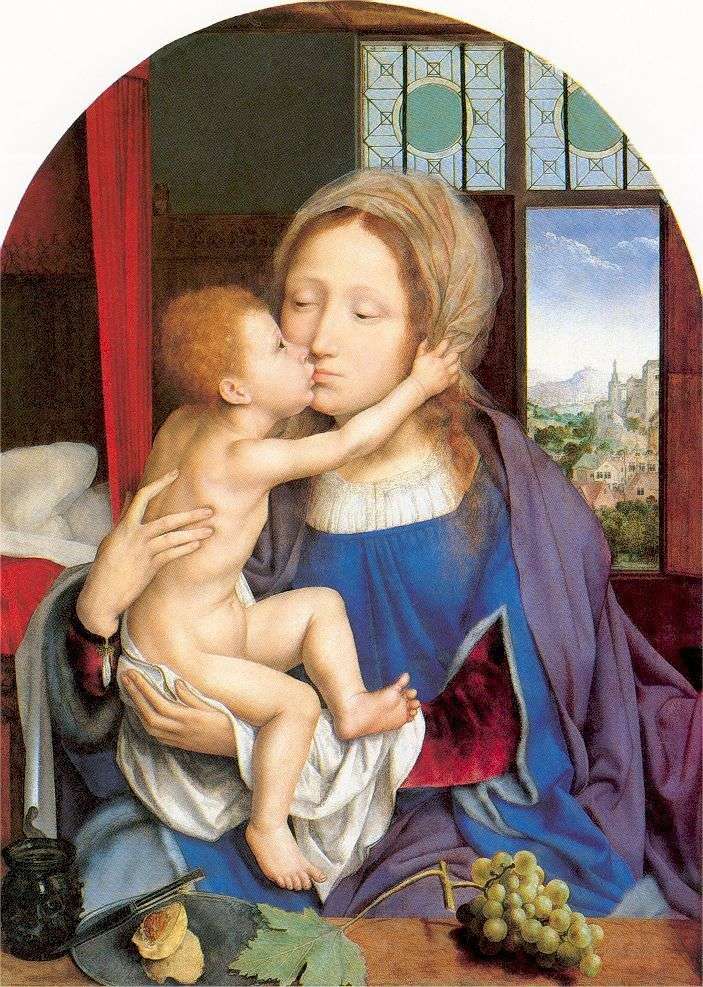 Mary With The Baby by Quentin Mussys
Mary With The Baby by Quentin Mussys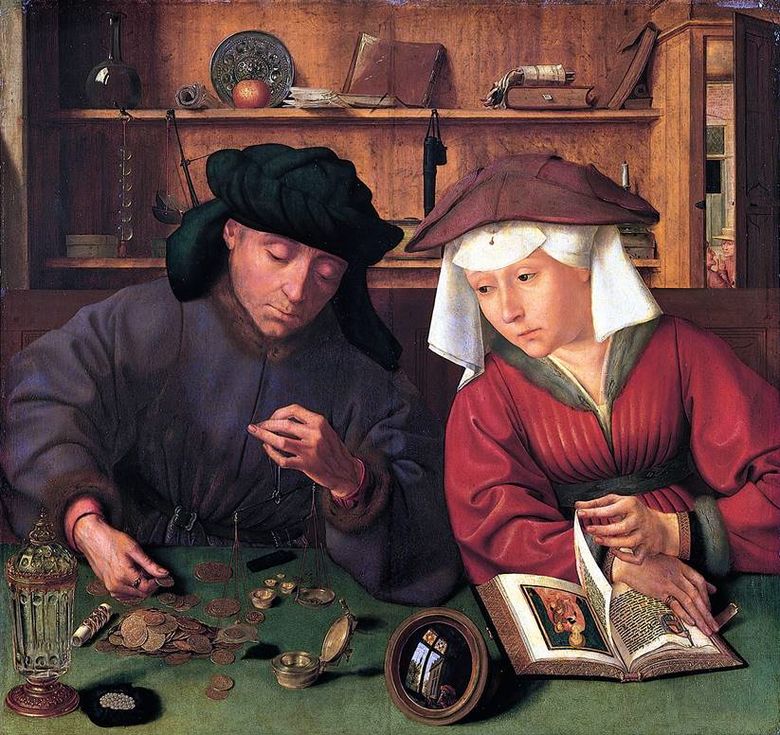 Changé avec sa femme – Quentin Masseyz
Changé avec sa femme – Quentin Masseyz María con el bebé – Quentin Mussys
María con el bebé – Quentin Mussys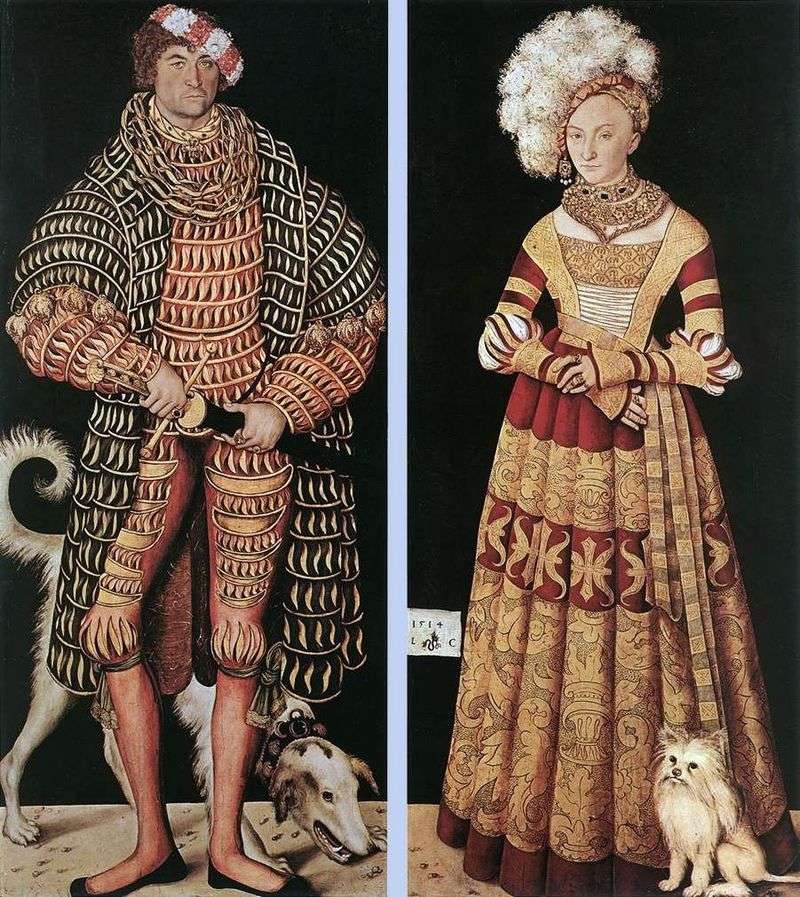 Portrait of Duke Henry the Pious and his wife Catherine of Mecklenburg by Lucas Cranach
Portrait of Duke Henry the Pious and his wife Catherine of Mecklenburg by Lucas Cranach